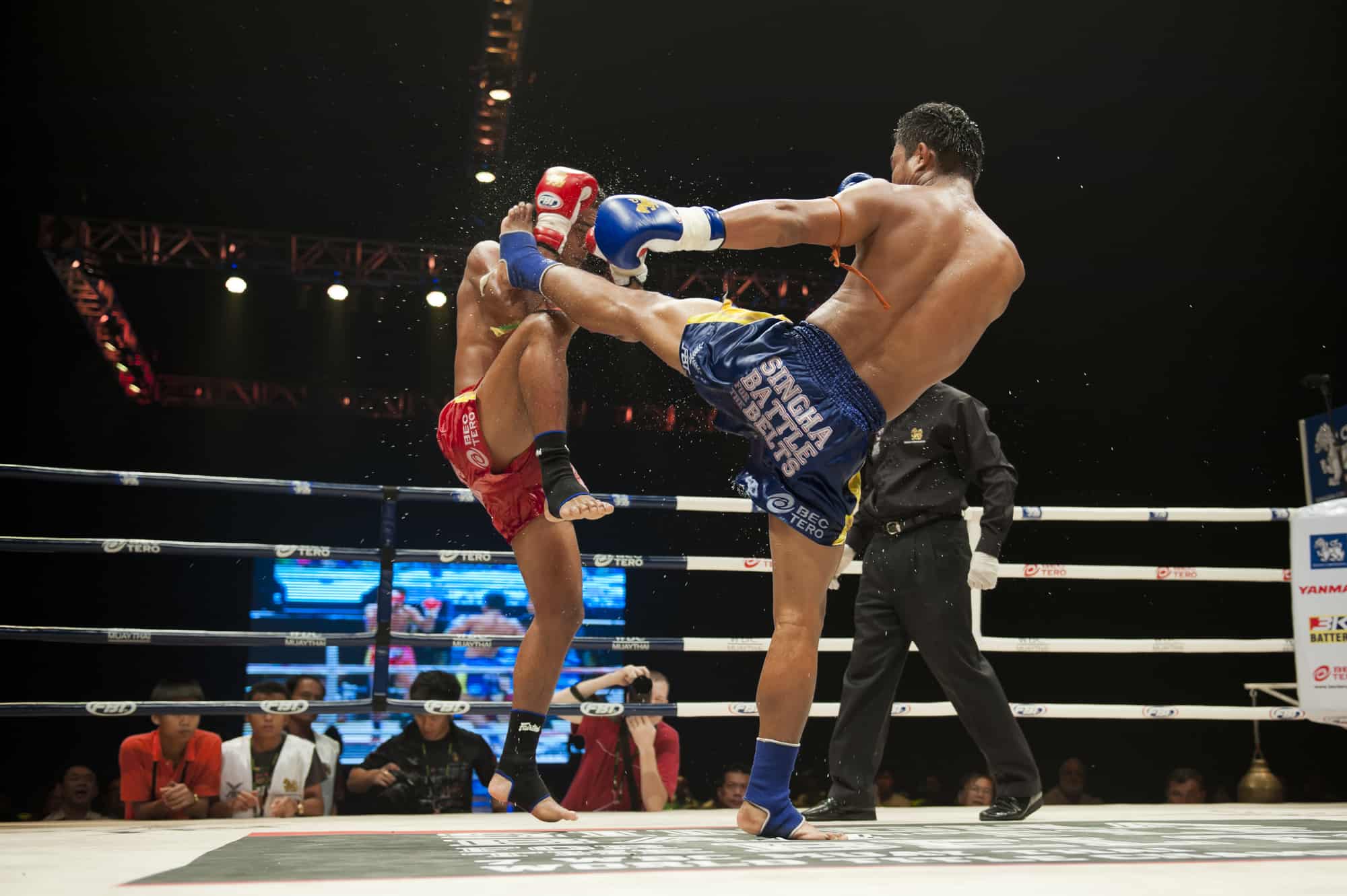The main thing about Kyokushin vs Muay thai is that this debate is ongoing but seems to have been settled to some extent decades ago in the 1960’s.
In 1964 (some say 1963), 3 Japanese Kyokushin fighters travelled to Thailand to fight ‘exhibition’ matches under kickboxing/muay thai rules (at the time there was no real ‘Kickboxing sport’).
Of the three fights Kyokushin won 2.
The fight between Rawee Dechachai vs Kenji Kurosaki was the only loss Kyokushin suffered and this led to the development and ‘invention’ of Japanese Kickboxing and later Dutch style, thanks to the influence of the Meiji Gym.
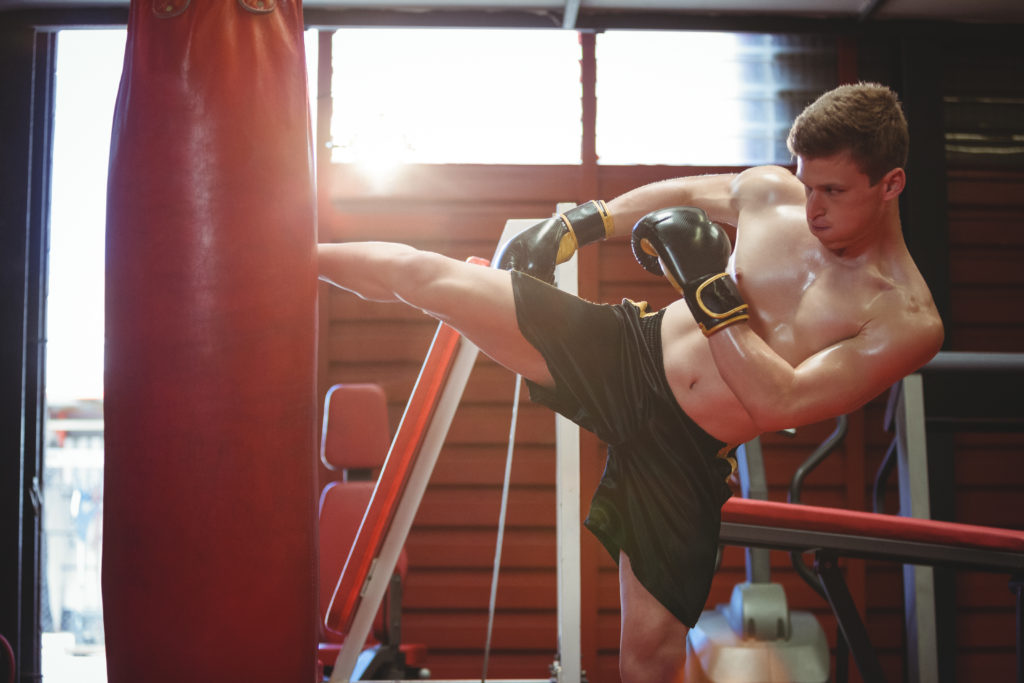
And with Kyokushin and Kurosaki’s defeat, this lead to the Kyokushin fighter studying and learning muay thai extensively and later leading to the development of the sport of kickboxing.
But since the historic 1963/64 Kyokushin vs Muay thai fights, debate and arguments continue to rage on between which style is tougher and which is stronger.
In this post we go over the merits and disadvantages of both styles and answer the question of Kyokushin vs Muay thai as it relates to the individual seeking to answer the question ‘which one would be better to train and learn‘?.
Kyokushin – the Toughest Karate Style
Kyokushin Karate is a full-contact style of martial arts that originated in Japan.
Kyokushin was founded by Masutatsu Oyama, who was born as Choi Yeong-eui on July 27, 1923, in South Korea.
Oyama began his martial arts training at a young age, studying various styles such as Korean Taekwondo and Chinese Kung Fu.
In 1938, Oyama moved to Japan to further his martial arts training.
There, he trained under various instructors, including Gichin Funakoshi, the founder of Shotokan Karate. Oyama’s training in Japan heavily influenced the development of his own style.
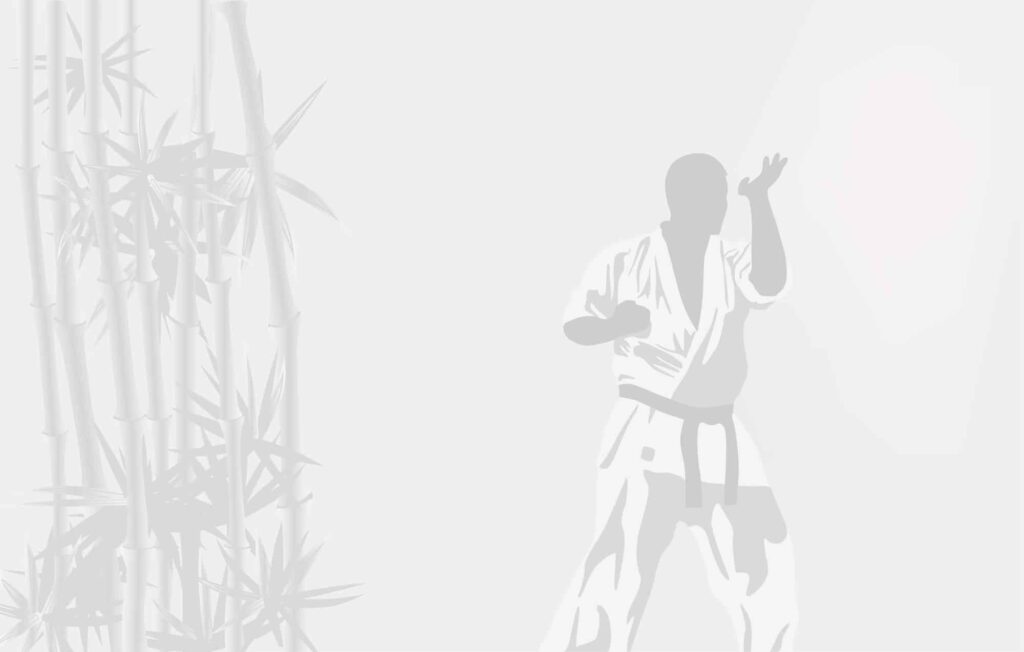
In 1953, Oyama established his first training hall in Tokyo, which he named “Oyama Dojo.”
It was during this time that he developed and formalized his unique style, which he called “Kyokushin,” meaning “the ultimate truth” or “the ultimate reality.”
Kyokushin Karate emphasized intense physical conditioning, full-contact sparring, and practical self-defense techniques.
Oyama’s style gained popularity, and he opened more dojos throughout Japan and eventually worldwide.
The emphasis on full-contact training and the rigorous physical conditioning of Kyokushin Karate set it apart from many other traditional martial arts styles.
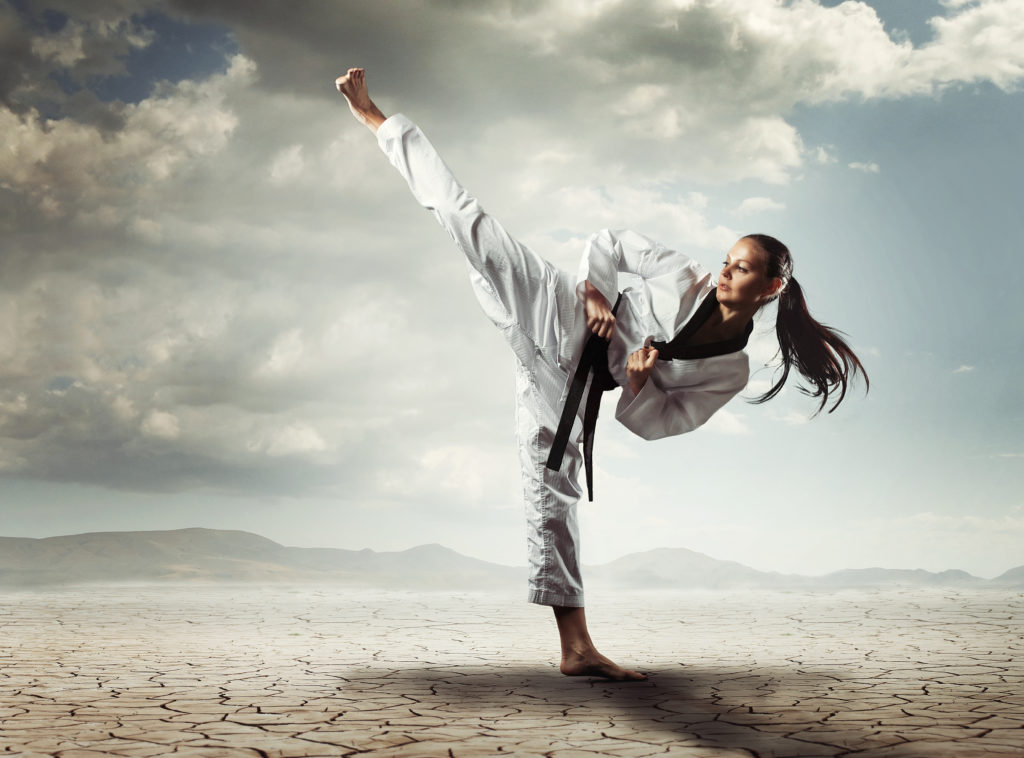
The style gained a reputation for its demanding training methods and its practitioners’ exceptional toughness.
Kyokushin Karate has had a significant impact on the world of martial arts, with many of its practitioners achieving success in international tournaments and competitions.
Oyama’s vision was to create a practical and effective martial art that emphasized discipline, physical fitness, and personal development.
Muay Thai – 8 Limbs Boxing
Muay thai originates from the ancient warring periods of the siam Kingdom or Ancient Thailand.
The modern day muay thai is based on Western Boxing’s Queensbury rules which includes the use of a ring, weight classes, timed rounds, gloves and the 10 second KO rule.
But muay thai’s origins are from the battlefield art of Muay boran (hand to hand combat used by Thai warriors) and Krabi Krabong which is the weapons portion of combat arts used in Ancient Thailand.
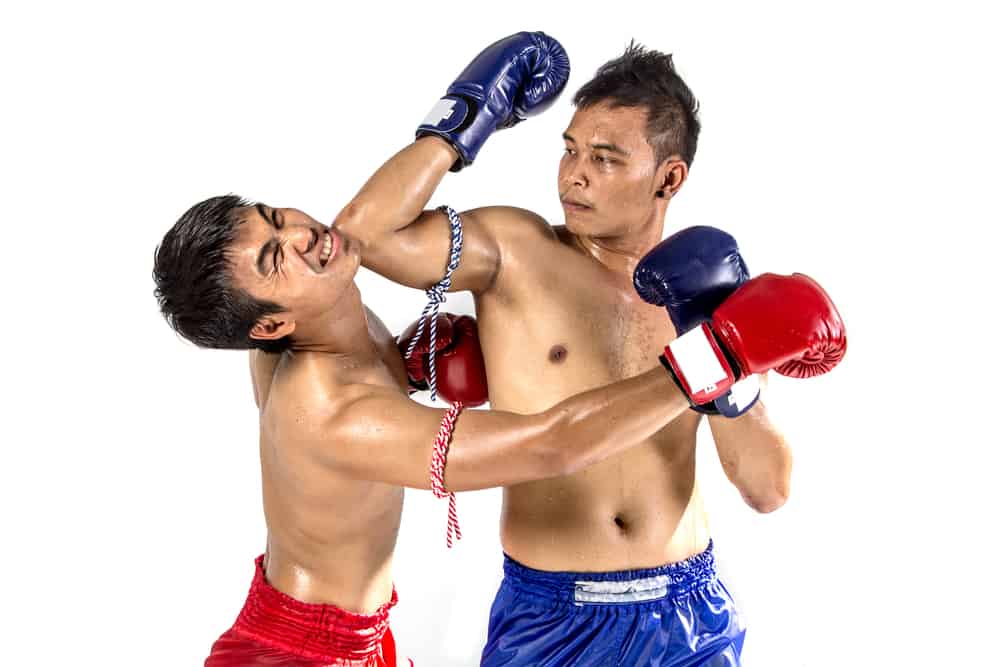
Modern day muay thai is concerned with fighting as a omcpetitive sport in the ring.
And the emphaisis is similar to Kyokushin on physical conditioning and actual fighting and sparring to toughen the body and sharpen technique, skill and combat strategy.
Which is tougher?
When it comes to toughness, both Kyokushin Karate and Muay Thai have a reputation for producing resilient fighters.
Kyokushin Karate’s full-contact sparring and emphasis on enduring strikes can build a high pain tolerance and mental resilience.
Muay Thai, with its intense training and inclusion of strikes from multiple limbs, also requires physical and mental toughness.
It’s worth noting that the level of toughness can vary among practitioners within each style.
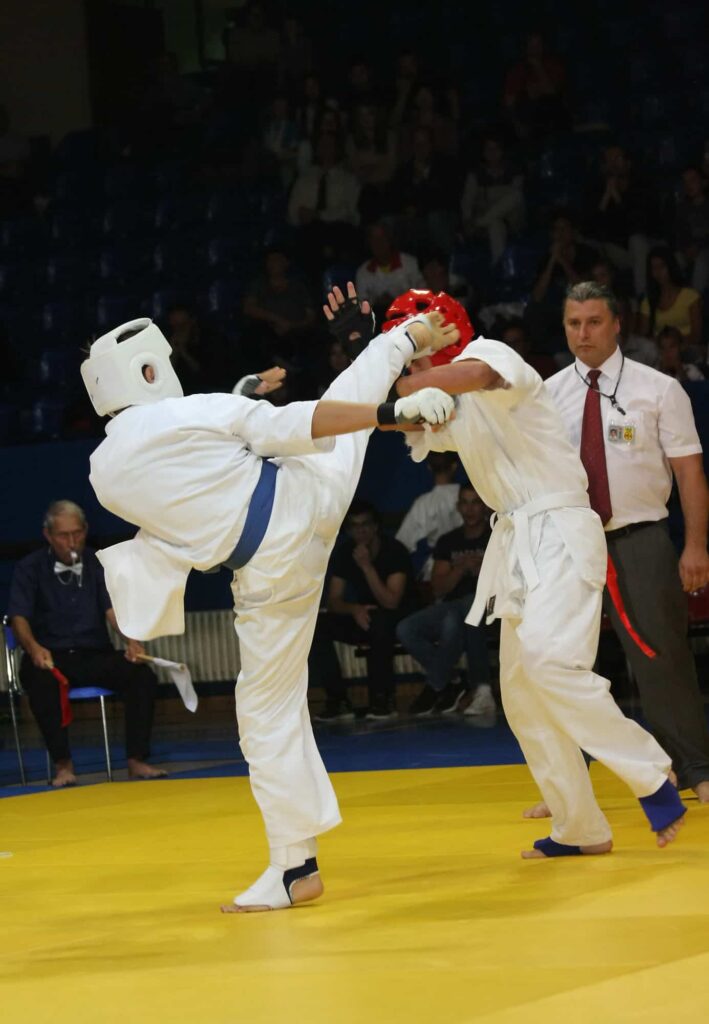
Factors such as an individual’s natural physical attributes, dedication to training, and experience can significantly influence their toughness in any martial art.
Ultimately, determining which style is tougher is subjective and can vary based on personal opinions and experiences.
Both Kyokushin Karate and Muay Thai have a rich history of producing resilient and formidable fighters, and practitioners of both styles undergo rigorous training to develop their skills and toughness.
Kyokushin vs Muay Thai Which to Train?
This depends on the individual and their reasons for wanting to learn and train combat arts.
Competitive Sports Goals
If competing in combat sports is your goal then both Kyokushin and Muay thai have regular competitions available for you to test yourself.
Also both styles have produced notable practitioners who have had global success in kickboxing events such as K-1 and MMA events such as UFC and ONE Fighting Championship.
Notable MMA fighters and champions with a Kyokushin background include:
- Bas Rutten – UFC Hall of Famer and former UFC Champion as well as a 5th Degree Kyokushin black belt
- George St Pierre – UFC legend and dominating Champion as well as 3rd Dan Kyokushin black belt
- Guy Mezger – UFC pioneer and 6th Dan black belt in Kyokushin
However when it comes to MMA and particularly the UFC there are no notable muay thai fighters who have had success in MMA’s premier competition in the UFC.
Obviously if competing in muay thai is your goal then training exclusively in muay thai would be the best way to train.
However in terms of Kickboxing events, then training either Kyokushin or Muay thai would seem to be viable, though Kyokushin does not focus on strikes to the face in their regular competitions.
Weight Loss Goals
Muay thai is known for gruelling training sessions that focus a lot on cardio conditioning and anaerobic conditioning through pad work, heavy bag work, sparring and drilling.
Before training sessions muay thai fighters in Thailand are known to run for 30 minutes to an hour before each training session twice per day, and then skipping rope before training.
Then after training body weight callisenthics in the hundreds are the norm, pushups, situps pulls up.
So based on training sessions alone, muay thai would seem to be the better way to lose weight and get in shape.
Which is better for self defense?
When it comes to self-defense, both Muay Thai and Kyokushin can provide you with valuable skills.
Muay Thai’s focus on mid to close range strikes and clinching can be useful in close-quarters situations.
And the muay thai clinch is recognised as the most developed stand up grappling game in all martial arts.
Kyokushin’s on the other hand has an emphasis on powerful striking techniques and conditioning which can help be very useful in being strong enough to withstand attacks and develop mental toughness as well.
However in my humble opinion if I were to choose one it would be muay thai simply because of the muay thai clinch aspect which is incredibly useful in self defense.
But if possible training both for self defense would probably be the best overall option.
Muay Thai vs Kyokushin: Final Thoughts
Ever since the 1960s heads up matches between Kyokushin and muay thai there has been a long held debate among combat sports on which is more effective or stronger.
One major development from the debate was the ‘invention’ of kickboxing or Japanese kickboxing which was a direct result of a Kyokushin fighters loss to muay thai which lead to Japanese getting more interested in muay thai and training and learning the style and combining this with Kyokushin and Western boxing.
The result was the birth of kickboxing which later led to the development of Dutch style thanks to the influence of the Meiji gym.
So the matter of which is stronger or better really is subjective and depends on the individual fighter themselves and their particular goals.

